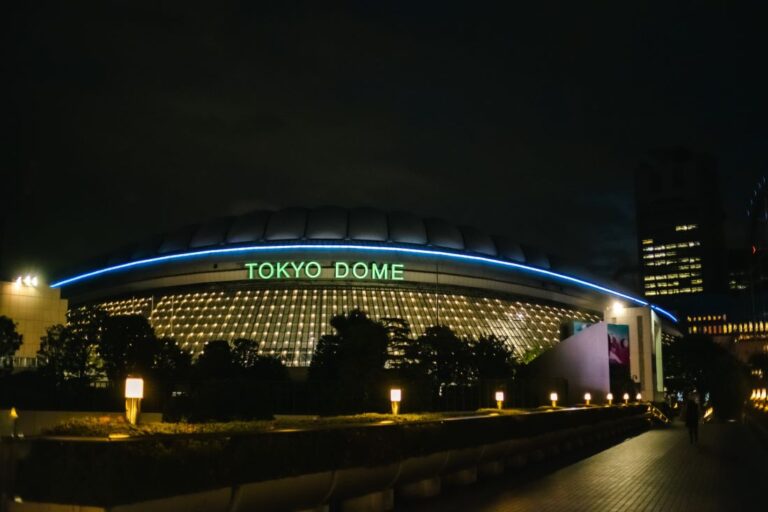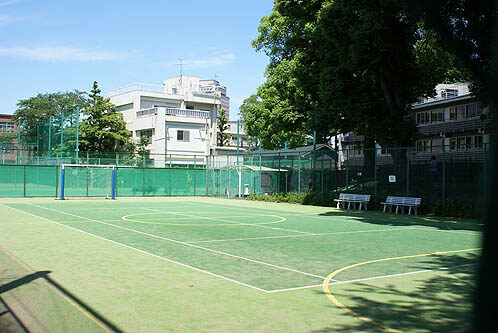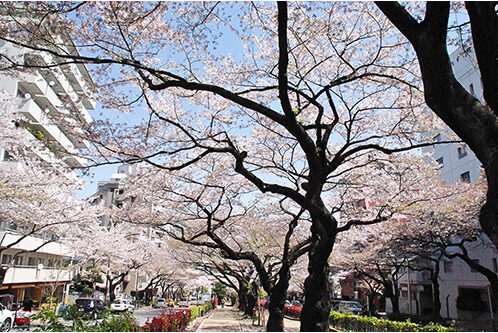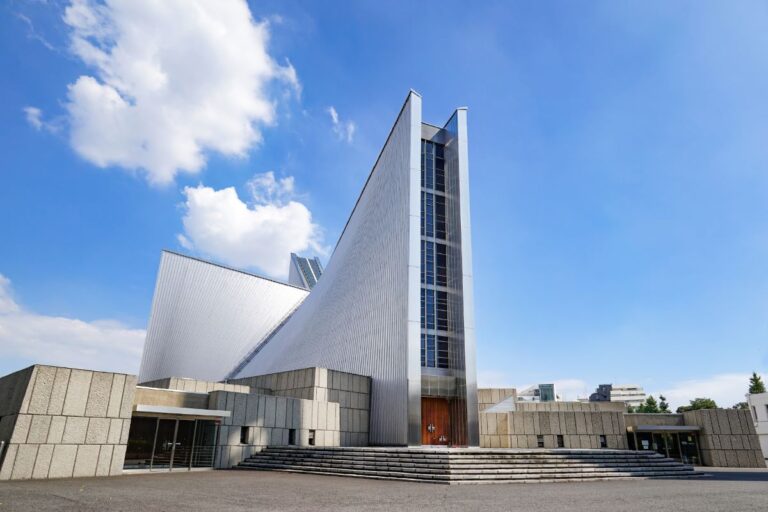Yushima Seido is a Confucian temple in the Yushima district of Bunkyō, Tokyo, Japan. The temple was built during the Genroku era of the Edo period, in the late 17th century. Its unique black exterior and massive main building make it a notable landmark in the area and yes, Yushima did make our list of the best temples in Tokyo.

It was initially built as a Confucian temple, but it later became a school under the direct control of the Shogunate.
The temple’s unique impact on Japanese history, education, religion, and philosophy makes it a popular destination. You can explore the grounds for free, but there is a fee to enter the Taiseiden, the main hall of the temple.
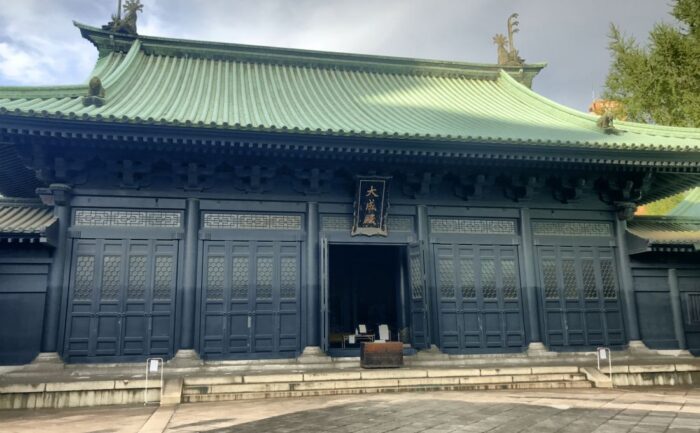
It is a place where you can learn about Confucianism and its influence on Japanese society.
History

Yushima Seido was established in the late 17th century during the Genroku era of the Edo period. The temple was founded by Hayashi Razan, a Neo-Confucian scholar and advisor to the first four Tokugawa shoguns. Originally, the temple was in a different area, corresponding to the current Ueno Park. However, it was relocated to its current site in 1690 by Tokugawa Tsunayoshi.
During the Edo period, Yushima Seido served as one of the most important educational institutions of the shogunate. In the late Edo period, the Shōhei-zaka Gakumonjo, also known as Shōheikō, was founded on its grounds. This school was established to train scholars in Confucianism and other academic subjects.
The temple has been destroyed and rebuilt times throughout its history. The original wooden buildings were destroyed in a fire in 1790 and were rebuilt in 1793. The temple was again destroyed in a fire in 1911 and was rebuilt in 1916. The current structure is made of reinforced concrete and was built in 1935 after the wooden buildings were destroyed in the Great Kanto Earthquake of 1923.
Architecture

Originally built in 1632 by the Tokugawa shogunate’s advisor, Hayashi Razan. The current building was designed by Itō Chūta and completed in 1935 after the wooden structures were destroyed in the Great Kanto Earthquake of 1923.
The temple’s architecture is unique with a black exterior, which is a departure from the traditional vermilion color used in Japanese temples. The main building, Daiseidan, is a massive structure that is stately and impressive, but can also be a bit somber. The building is made of reinforced concrete and features a colonnade along the courtyard sides.

The temple’s design blends Chinese and Japanese architectural styles. The building’s roof is made of Chinese-style tiles, while the interior features Japanese-style tatami mats. The temple’s central hall, Shishinden, is where Confucian ceremonies were held. The hall is also home to a statue of Confucius, which was brought to Japan from China in the 14th century.
You can also see the temple’s library, which houses over 10,000 books and documents related to Confucianism. The library is a two-story building with a traditional Japanese-style roof. The building’s interior features wooden bookshelves and tatami mats.
Significance

Yushima Seido is considered to be the birthplace of Japanese school education. During the Edo period, it was one of the most important educational institutions of the shogunate. The temple was established in the late 17th century during the Genroku era of the Edo period, and it has been an important cultural and educational center ever since.
Confucianism was a major influence on Japanese culture during the Edo period, and Yushima Seido played a significant role in the dissemination of Confucian teachings. The temple’s library was one of the largest in Japan, and it contained many important Confucian texts. The temple also hosted lectures and debates on Confucian philosophy, and it attracted many scholars and intellectuals.
Visiting Yushima Seido
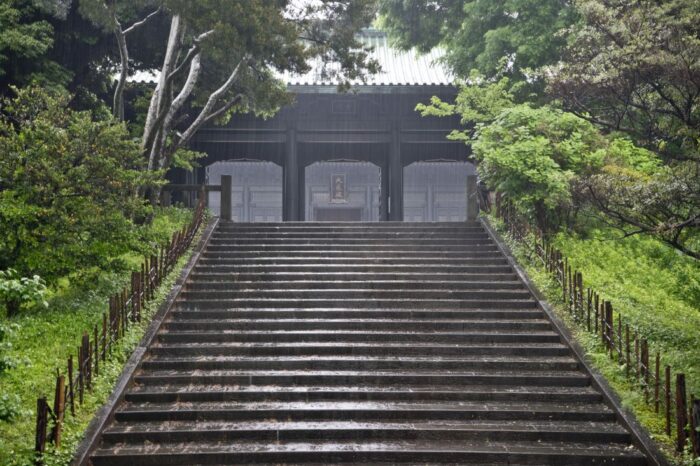
Yushima Seido should be on the to-do-list for anyone interested in Japanese history and culture. Located in the Bunkyo neighborhood of Tokyo, this Confucian temple was built in 1690 by Tsunayoshi Tokugawa, a Shogun of the Edo Shogunate. It was later converted into a school under the direct control of the Shogunate. Today, it serves as a popular tourist attraction and a place of worship for many locals.
You can explore the temple’s beautiful grounds, which include a main hall, a lecture hall, and a small museum. The main hall, known as the Taiseiden, is particularly impressive, with its ornate decorations and intricate woodwork. It is open for public viewing on Saturdays, Sundays, and public holidays from 10 a.m. until closing time.

Yushima Seido is open every day from 9 a.m. to 5 p.m. (till 4 p.m. in winter) and closed only for three days a year: December 29, 30, 31. Admission to the grounds is free, but there is a fee of 200 yen to enter the Taiseiden. Visitors should plan to spend at least an hour exploring the temple and its surroundings.

Getting to Yushima Seido is easy. It is a 4-minute walk from the Hijiribashi Exit of JR Ochanomizu Station (Sobu, Chuo-Sobu Lines) and Shin-Ochanomizu Station (Tokyo Metro Chiyoda Line). English street signs in the area point to the temple and other landmarks in the area.
Overall, Yushima Seido is a fascinating destination that offers a glimpse into Japan’s link to Confucian history and you can see why it made our list of the 14 best shrines and temples in Tokyo.
Details
| Information | Details |
|---|---|
| Name (English) | Yushima Seido |
| Name (Japanese) | 湯島聖堂 |
| Address | 3-30-1 Yushima, Bunkyo-ku, Tokyo 113-0034, Japan |
| Ticket Cost | Free admission |
| Times | 9:30 AM – 5:00 PM |
| Website | |
| Nearby Hotels | 1. Luxury: Hotel Chinzanso Tokyo (3.3 km) |
| 2. Mid-range: APA Hotel Iidabashi Ekimae (1.4 km) | |
| 3. Budget: Tokyo Ueno Youth Hostel (1.6 km) | |
| Nearby Attractions | 1. Kanda Myojin Shrine (1.0 km) |
| 2. Ueno Park (1.7 km) | |
| 3. Tokyo National Museum (2.1 km) | |
| 4. Yanaka Ginza Shopping Street (2.2 km) | |
| 5. Ameya-Yokocho Market (1.6 km) |

